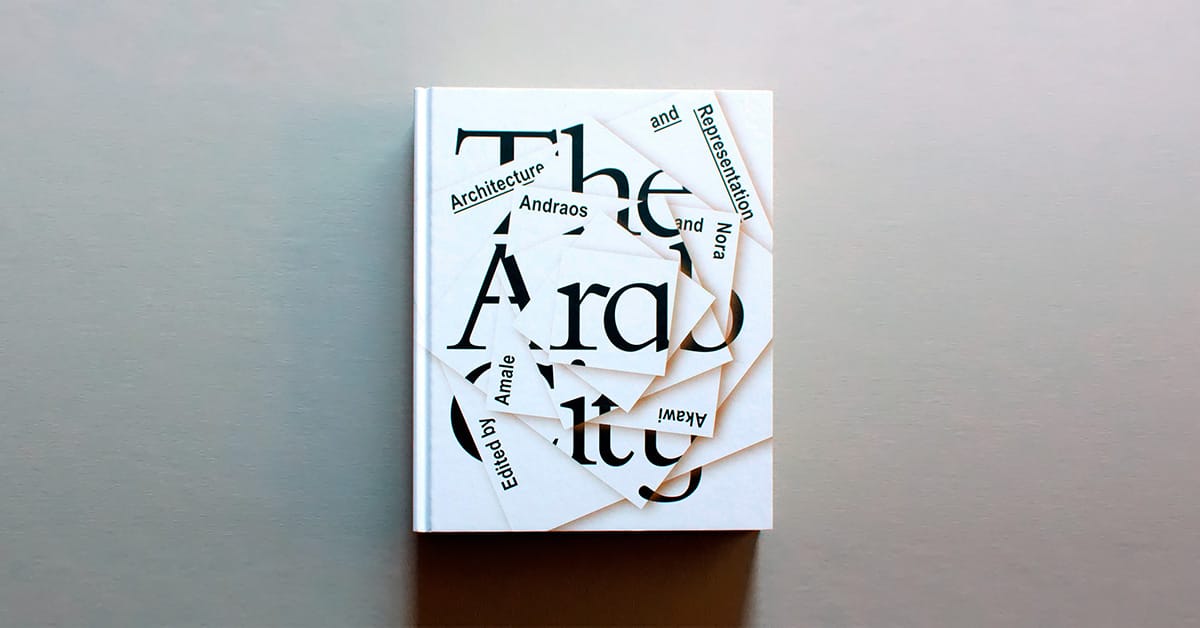 The Arab City: Architecture and Representation, edited by Amale Andraos and Nora Akawi.
The Arab City: Architecture and Representation, edited by Amale Andraos and Nora Akawi.
There is perhaps no better place to examine the forging of identity through architecture — and the layering of old and new — than the cities of the Middle East and North Africa.
The Arab City: Architecture and Representation analyzes contemporary architectural and urban production in the Middle East, including both the rising cities of the Gulf region and the old centers of Beirut, Baghdad, Damascus, and Cairo. The new book is edited by Amale Andraos and Nora Akawi, both architects affiliated with Columbia University’s Graduate School of Architecture, Planning and Preservation.
The “Arab City” is here conceived at once a real and imagined place whose existence is mediated through imagery and stories. The contemporary architect, Andraos says in her introduction, must be a “skillful diplomat…weaving together ‘tradition’ and ‘modernity’ in a mash-up of signifiers for both.” Traditional architecture motifs such as the mashrabiya are turned into high-tech screening devices to improve energy performance, sculpted architectural forms evoke the natural patterns of the desert and ocean, and large-scale developments take inspiration from oasis towns and close-knit medinas. Andraos explains, “This bridging of tradition and modernity enacts a kind of harmony as it produces a unique, highly specific cultural experience that reinforces the strength and preservation of local identity in the face of global homogenization,” Andraos writes.
With respect to Saudi Arabia, Andraos notes that the kingdom in the 1960s–70s initiated collaborations with Japanese architects such as Minoru Yamasaki (Dhahran Airport) and Kenzo Tange (Royal State Palace, Jeddah; and King Faisal Foundation, Riyadh) “whose respect for tradition, consciousness of cultural specificity, and commitment to creating a specific national identity through architecture rendered them a desirable partner” in forging a uniquely Saudi modernity. Omrania, founded in 1973, emerged in this culturally definitive moment, though its role is overlooked in the text.
Essays, interviews, and case studies by some two dozen practitioners and theorists examine the changing cultural context of architecture and urbanism. To name just a few examples, historian Nasser Rabbat sheds light on the “identity crisis” of Arab cities, while Yasser Elsheshtawy discusses the national pavilions of the UAE through the eyes of both east and west. Mohammed Elshahed contributes an essay on the rise of Arab engineering professionals after the Second World War, taking Cairo as a case study.
The many voices in the book seem to agree on one thing: the architecture of the Arab City can reflect the complexities at hand and the possibilities for the future.
Amale Andraos and Nora Akawi, editors. The Arab City: Architecture and Representation. Columbia University Press, 2016.
https://cup.columbia.edu/book/the-arab-city/9781941332146







